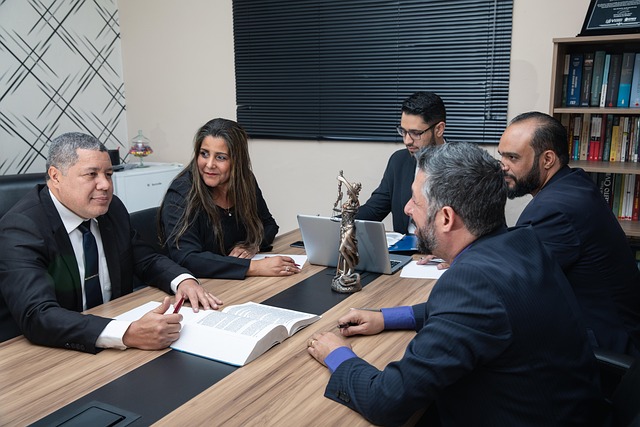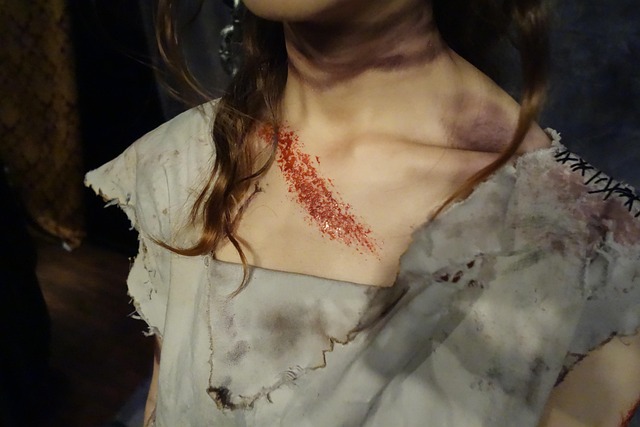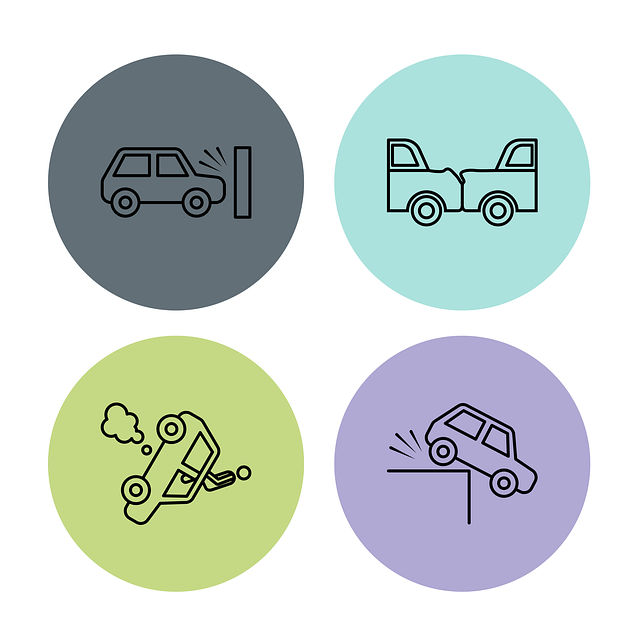Nerve Damage Lawyer: Seeking Justice for Defective Product Injuries

Nerve damage, whether from trauma or hazardous substances, can cause severe sensory loss, muscle wea…….
In the intricate web of healthcare and legal services, nerve damage lawyers emerge as a specialized breed, advocating for individuals facing neurological disorders caused by external factors. This comprehensive article delves into the multifaceted world of nerve damage law, exploring its origins, global impact, economic implications, technological innovations, regulatory framework, challenges, case studies, and future prospects. By examining these aspects, we aim to equip readers with a profound understanding of this critical legal niche and its role in shaping healthcare justice worldwide.
A nerve damage lawyer, also known as a neurological injury attorney or spinal cord/nerve injury specialist, is a legal professional specializing in representing individuals who have suffered nerve damage due to negligence, accidents, or medical malpractice. This specialized field of law focuses on navigating complex legal systems while advocating for clients’ rights and the pursuit of compensation for their injuries.
The core components of nerve damage law include:
Medical Expertise: Lawyers in this field must possess a solid understanding of neurology, neuroscience, and related medical fields to effectively communicate with healthcare professionals, interpret diagnostic reports, and assess the extent of nerve damage.
Legal Knowledge: Proficiency in personal injury law, tort law, and medical malpractice litigation is essential. They must be adept at constructing compelling legal arguments, navigating court procedures, and ensuring compliance with relevant statutes of limitations.
Client Advocacy: A primary role is to advocate for clients’ rights, ensuring they receive fair compensation for their injuries, which can include pain and suffering, medical expenses, lost wages, and disability benefits.
The concept of nerve damage law has evolved over the past few decades as awareness of neurological injuries caused by various incidents has grown. Historically, cases involving spinal cord injuries or severe nerve damage were often handled under general personal injury legislation. However, the increasing complexity of medical science and the specialized nature of these injuries prompted the development of dedicated legal practices.
The significance of nerve damage lawyers lies in their ability to:
Nerve damage law has gained global recognition, with many countries adopting specialized legal frameworks to address these complex cases. The impact varies across regions, influenced by cultural, economic, and healthcare systems:
Medical Advancements: The continuous development of medical technologies, such as advanced imaging techniques and regenerative therapies, impacts diagnosis and treatment plans, subsequently influencing compensation claims.
Legal Technology: The adoption of case management software, legal research tools, and document automation streamlines legal processes, allowing lawyers to focus on complex strategy and client interaction.
Alternative Dispute Resolution (ADR): Mediation and arbitration are gaining popularity as cost-effective and time-efficient methods for resolving nerve damage cases outside of court.
Global Collaboration: International partnerships among legal professionals foster knowledge sharing and improve understanding across borders, benefiting clients with cross-border injuries.
The global nerve damage law market is a specialized segment within the broader legal services industry. Key factors driving its growth include:
Nerve damage lawyers contribute to economic systems through:
The regulatory environment governing nerve damage law varies across jurisdictions but generally includes:
Policy and regulatory frameworks play a pivotal role in:
In a bustling metropolis, a construction site accident involving a falling object led to severe spinal cord injury for Mr. Johnson, a worker. The case highlighted several key aspects:
A young woman, Ms. Lee, suffered permanent nerve damage after a mismanaged surgical procedure. Her case involved:
A European citizen, Mr. Smith, suffered severe nerve damage while vacationing in the United States due to a defective product. The case showcased:
The field of nerve damage law is a testament to the intricate interplay between healthcare and legal systems, reflecting society’s commitment to addressing complex neurological injuries. This comprehensive exploration has revealed the multifaceted nature of this practice, from its historical evolution to its global impact, economic implications, technological advancements, regulatory frameworks, and the challenges it faces.
As technology continues to shape both healthcare and law, nerve damage lawyers play a pivotal role in advocating for individuals facing these challenging injuries. By staying at the forefront of legal and medical developments, they can ensure that justice is served, victims receive fair compensation, and society fosters a culture of safety and prevention.
Q: What types of nerve damage cases do lawyers in this field handle?
A: Nerve damage lawyers tackle a wide range of cases, including those involving spinal cord injuries, peripheral nerve damage from accidents or medical malpractice, traumatic brain injuries (TBI), and complex regional pain syndrome (CRPS).
Q: How do I know if I have a valid case for nerve damage compensation?
A: Each case is unique. However, general signs of potential nerve damage include prolonged pain, numbness, weakness, or loss of sensation in specific body parts, particularly after an accident or medical procedure. Consulting with a healthcare professional and a specialized lawyer is crucial to determine the validity of your claim.
Q: Can I pursue legal action if my nerve damage was caused by a defective product?
A: Absolutely. Product liability law allows individuals to hold manufacturers, distributors, and sellers accountable for injuries caused by defective products. Nerve damage lawyers can guide you through this process, especially in complex cases where expert testimony is required.
Q: How long do I have to file a lawsuit for nerve damage?
A: Statues of limitations vary by jurisdiction. In general, individuals should consult with a lawyer within one to three years of the incident causing nerve damage. Early legal advice is crucial to ensure you meet these deadlines and preserve your rights.
Q: What if I can’t afford a lawyer? Are there any financial assistance options?
A: Legal aid organizations and pro bono (free) services are available in many countries to support individuals with limited financial means. These programs provide access to specialized lawyers, ensuring that everyone has the opportunity to seek justice for nerve damage injuries.

Nerve damage, whether from trauma or hazardous substances, can cause severe sensory loss, muscle wea…….

Nerve damage caused by traumatic events or medical negligence can result in long-term physical sympt…….

Nerve damage cases require specialized legal expertise from attorneys who understand medical complex…….

A nerve damage lawyer is vital for individuals suffering from nerve damage due to medical errors, wo…….

Nerve damage caused by medical malpractice, workplace incidents, or traumatic events can significant…….

Nerve damage from sports or impact injuries requires immediate medical attention and legal advocacy,…….

Nerve damage (neuropathy) can result from various causes like trauma or autoimmune disorders. If you…….

Nerve damage, occurring in various accidents or neglect scenarios, requires specialized legal counse…….

Nerve damage lawyers are essential for individuals suffering from significant, life-altering conditi…….

Nerve damage (peripheral neuropathy) results from various causes and affects sensory, motor function…….